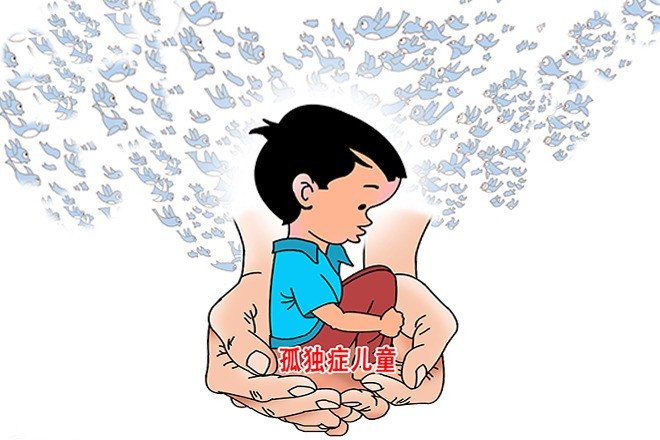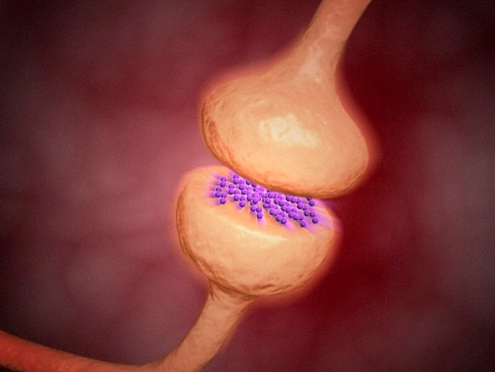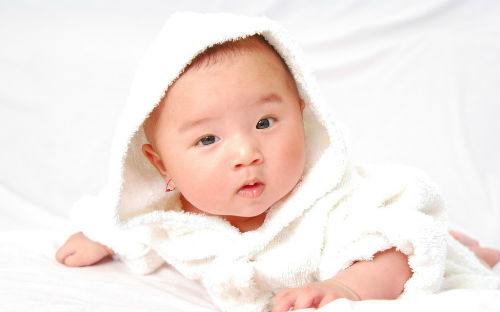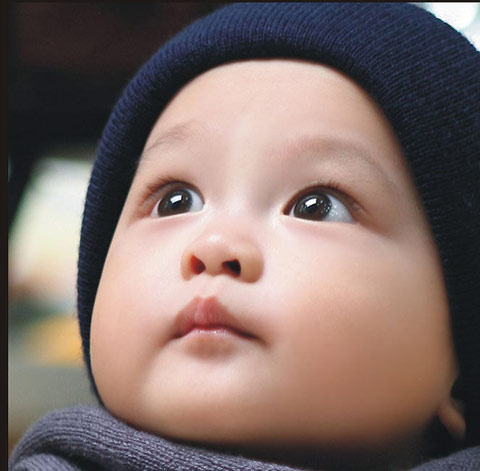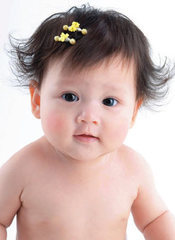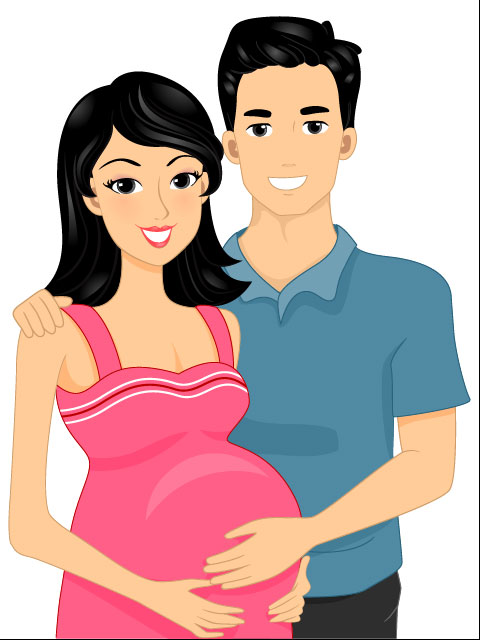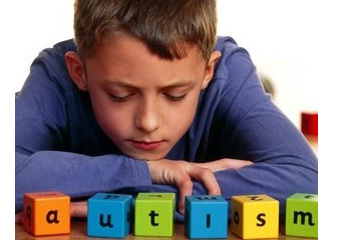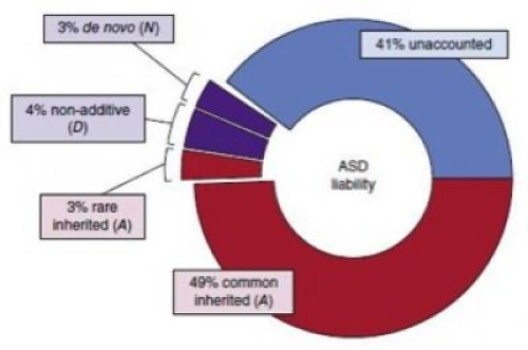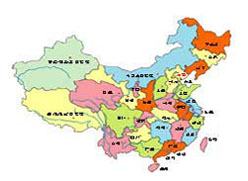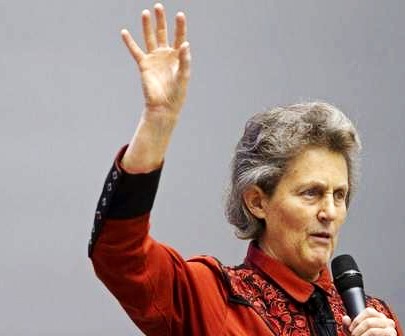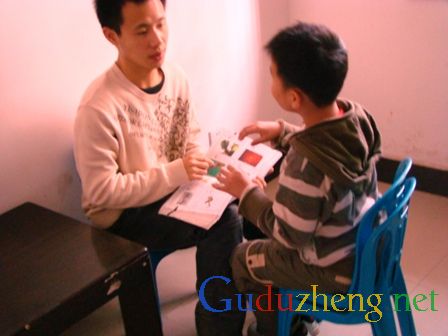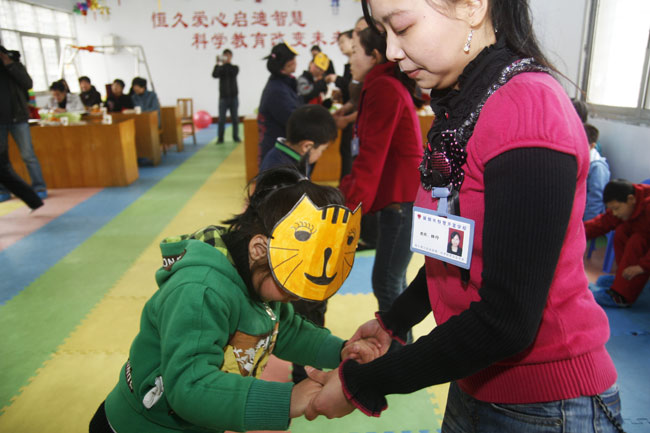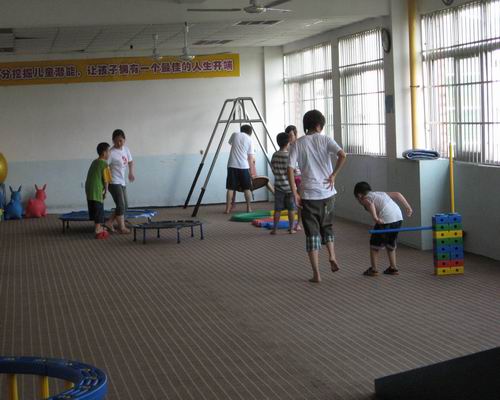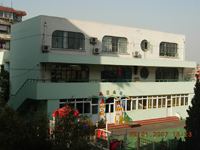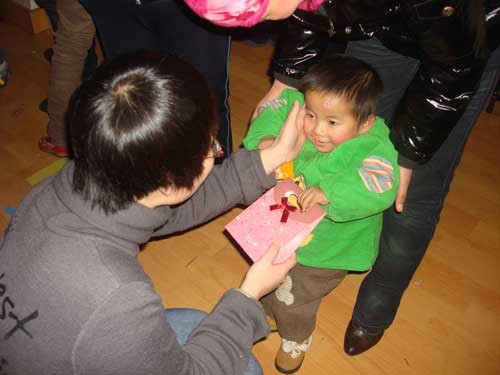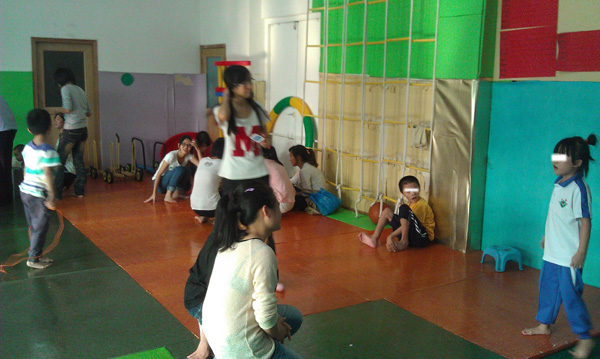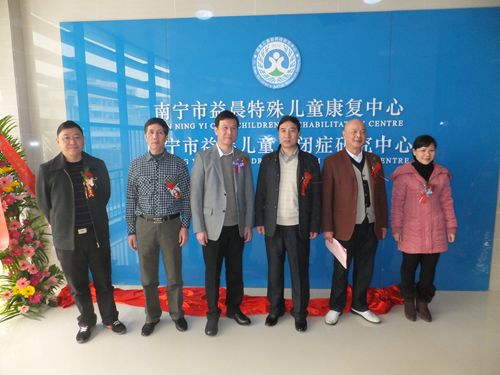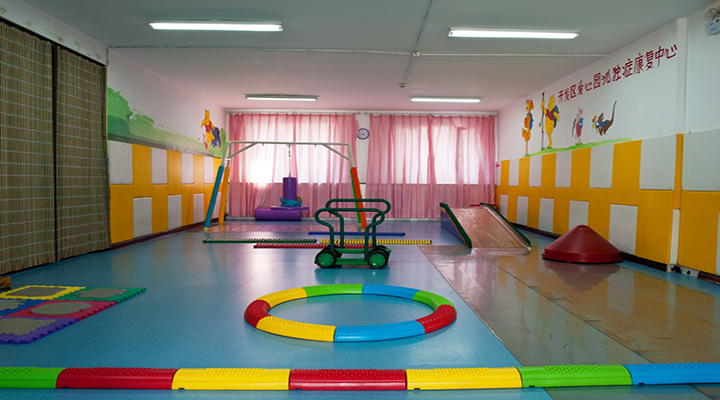孤独症患者的大脑中究竟哪里出错了?这一问题的答案正在一点点地被人们接近。一篇由波士顿儿童医院的研究人员和波士顿基地孤独症协会成员们发表在流行刊物《科学》上的论文揭示了5种新的与孤独症相关系的基因缺陷。根据疾病控制和预防中心记录,已经发现有超过12种的遗传缺陷和孤独症型谱紊乱有关,150个孩子中就会有一个被影响。但好消息是许多基因正开始适合病理样本,波士顿的研究者们说。波士顿儿童医院遗传学领导人及论文的作者 Dr. Christopher Walsh 说:“当它看上去只是一份令人泄气的基因发展列表时,我们却从一个正在被显现的共通路径中受到鼓舞” 。
研究者们观察了在中东和土耳其一些大家庭中发现的孤独症相关基因。堂兄弟姐妹间相互联姻的大家庭最适合用来做隐性基因的研究。尽管这最近鉴定出的遗传基因广泛存在于人体的23对染色体中,但它们关系的功能:都主要体现在学习上。这些基因在大脑中活动在创造,巩固和修改突触路径上——当我们学习新东西时,发生在物理和生物化学上的改变。这一部分暗示了在学习中孤独症可能基本上等于是分子的缺陷。
孤独症的症状典型地显现在0-5岁之间——一个孩子正常得开始学习语言,社交技巧和其他新的能力的阶段。科学家称这种成长为“经验依赖学习,”研究者们还认识到这和在脑电路中的巨大变化有关。至少有300个遗传基因开开合合用于控制经验依赖学习。这些基因中有任一的缺陷都有可能导致孤独症的症状。可能会有几百种孤独症的症状变化。从到目前为止研究人员们的发现来看,Walsh 说,“看上去几乎没有任何两个相同的孤独症患儿——从所做的发现看,在几乎每一个孩子中都会有不同的基因突变。”
一个令人振奋的发现:在中东家庭里发现的大多数遗传缺陷并不在基因的商业部分里——鉴定大脑蛋白质的密码。相反这些缺陷主要位于基因完全或部分开合的邻近区域里。根据论文主要作者之一的马萨诸塞州综合医院的Dr. Eric Morrow,建议一定的治疗或药物或许可以帮助这些基因活动规则划。事实上, Morrow 猜想对患有孤独症的孩子加强说话和社交行为方面的早期干预计划通过改变其受影响的基因表现或许会起到效果。(这一观点已通过白鼠研究证实,实验证明提供一个丰富刺激的环境可直接影响大脑中的基因表现。)
如同大多数的精神紊乱,孤独症在很大程度上是通过外部行为来定义的而不是完全的生物学上的理解。像对这种的遗传研究,Morrow说, “提供了一个幻想的机会去定义病理学。” 为了开始给家庭一个解释,他说,“是一件很大的事。”
在有关大范围的孤独症潜在遗传病因的陈述里,文章的最初译文引用了马萨诸塞州综合医院的 Dr. Eric Morrow的话,“看上去几乎没有任何两个相同的孤独症患儿——在几乎每一个孩子中都会有不同的基因突变。”尽管最初的引用内容报道正确,但提出的人却弄错了。那引言是由波士顿儿童医院的 Dr. Christopher Walsh提出的。另外,研究者们指出陈述给出了令人误解的印象就是所有患孤独症的孩子都被认识到有不一样的遗传缺陷。事实上,医生只是对少数患有孤独症的孩子们做了检查。引文已经被修正以反映重要的区别。
英文原文:
What exactly is going awry in the brains of people who have autism? The answer is very slowly coming into focus. A paper published in the current issue of Science by researchers at Children's Hospital Boston and members of the Boston-based Autism Consortium identifies five new autism-related gene defects. Already, more than a dozen genetic defects have been found to be associated with autism spectrum disorders, which affect about 1 in 150 children, according to the Centers for Disease Control and Prevention. But the good news, say the Boston researchers, is that many of the genes are beginning to fit into a pattern. "While it might seem discouraging that it's a growing list of genes, we can be encouraged that a common pathway is emerging," says Dr. Christopher Walsh, chief of genetics at Children's Hospital Boston and an author of the paper.
Researchers looked at autism-related genes found in large families in the Middle East and Turkey. Big families in which cousins sometimes marry cousins are ideal for studying recessive genes. Though the newly identified genes are located in far-flung regions on the 23 human chromosomes, they are related in function: most play a role in learning. These genes are active in creating, reinforcing or modifying synaptic pathways in the brain — physical and biochemical changes that occur when we learn something new. The implication of this work is that autism may fundamentally amount to molecular defects in learning.
Symptoms of autism typically emerge during the first five years of life — a period when a child normally picks up language, social skills and many other new abilities. Scientists call this kind of growth "experience-dependent learning," and researchers know that it is associated with enormous changes in brain circuitry. At least 300 genes switch on and off to regulate experience-dependent learning. Defects in any number of them could conceivably result in some symptoms of autism. There may be hundreds of varieties of autism. From what researchers have seen so far, says Walsh, "It looks like almost every child with autism is different from the next — where discoveries have been made, a different gene is mutated in almost every child."
One encouraging finding: most of the genetic defects identified in the Middle Eastern families were not in the business part of the gene — the part that codes for a critical brain protein. Instead the defects lay mainly in adjacent regions that turn the gene fully or partially on and off. This suggests that certain therapies or drugs could help normalize the activity of these genes, according to Dr. Eric Morrow of Massachusetts General Hospital, one of the lead authors of the paper. In fact, Morrow suspects that early intervention programs for children with autism involving intensive instruction in speech and social behavior may work by altering the expression of affected genes. (This idea is supported by research with mice, which has shown that providing a rich, stimulating environment directly affects gene expression in the brain.)
Autism, like most mental disorders, is largely defined by external behaviors rather than a clear biological understanding. Genetic studies like this one, observes Morrow, "offer a fantastic opportunity to define the pathology." To begin to give an explanation to families, he says, "is a big deal."
In a statement about the vast range of potential genetic causes of autism, the original version of this story quoted Dr. Eric Morrow of Massachusetts General Hospital as saying, "It looks like almost every child with autism is different from the next — a different gene is mutated in almost every child." Although the original quote was accurately reported, it was incorrectly attributed. The quote was stated by Dr. Christopher Walsh of Children's Hospital Boston. In addition, the researchers note that the statement gives the misleading impression that all children with autism are known to have different genetic defects. In fact, physicians have examined only a small percentage of children who have autism. The quote has been revised to reflect that important distinction.
- 发表跟帖
- 相关文章
- 热门文章
 家长一点通:
家长一点通:
